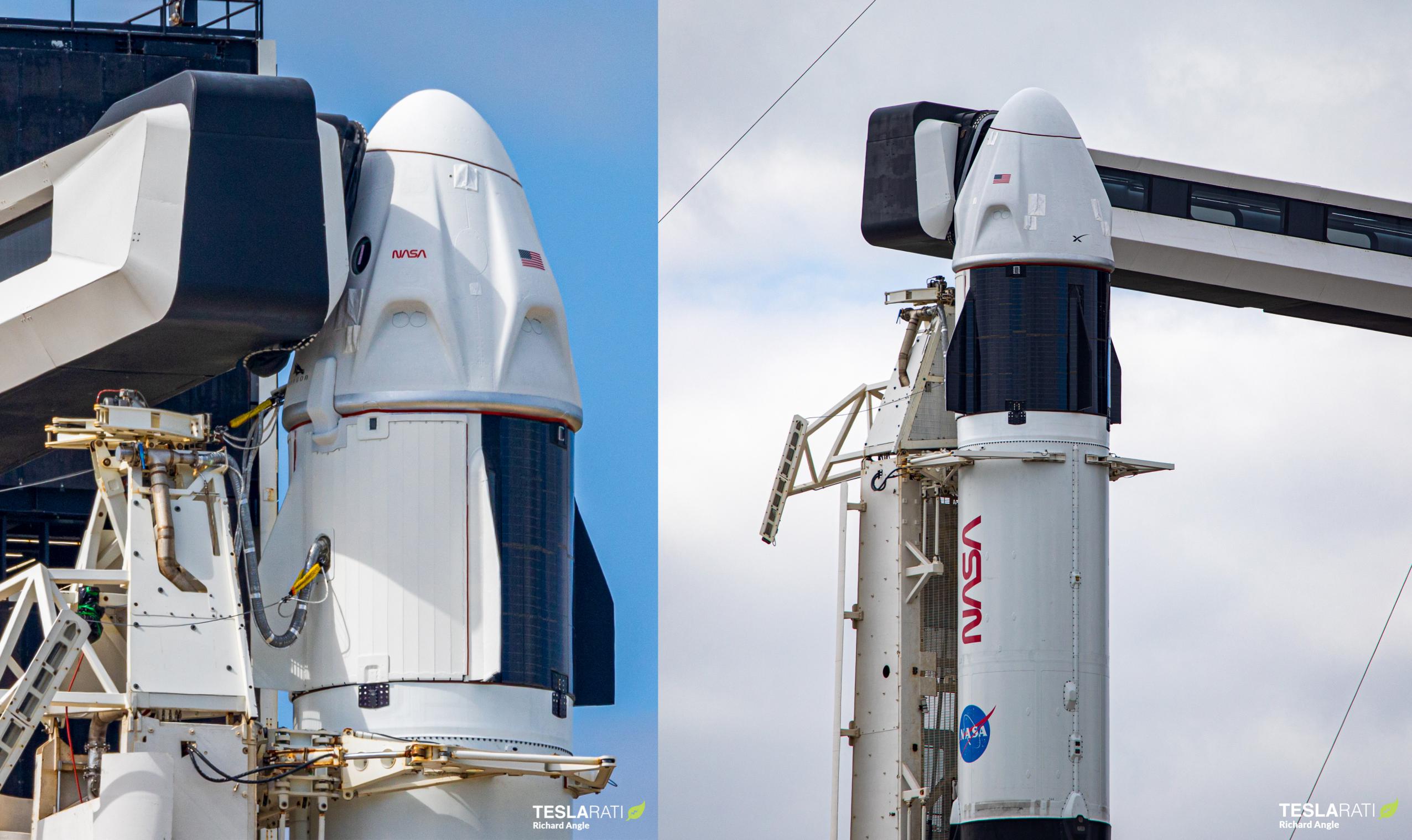
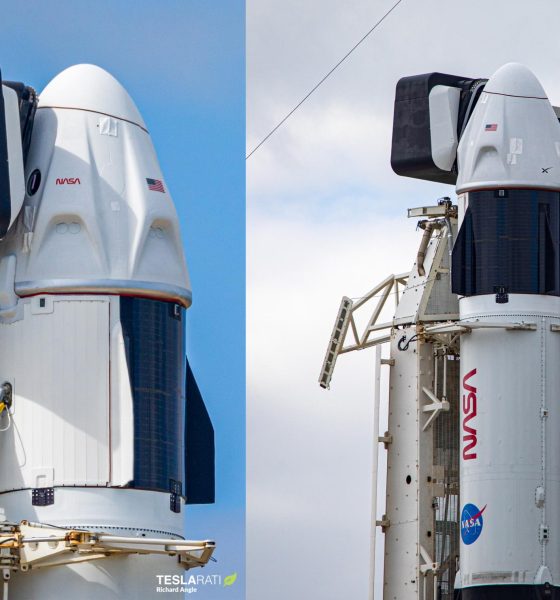
News
SpaceX ready for back to back astronaut, Starlink launches
Two SpaceX Falcon 9 rockets remain on track to attempt back-to-back astronaut and Starlink satellite launches later this week.
Both SpaceX East Coast drone ships Just Read The Instructions (JRTI) and A Shortfall of Gravitas (ASOG) and two new support and fairing recovery ships (Bob and Doug) are all headed northeast into the Atlantic Ocean, where they’ll soon reach landing zones stationed just ~50 km (~30 mi) apart. As early as 9:03pm EST Wednesday, November 10th (02:03 UTC 11 Nov), the first of those Falcon 9s is scheduled to lift off on its second mission for NASA, sending a new Crew Dragon and four international astronauts on their way to the International Space Station (ISS).
If all goes to plan, less than a day and a half later, a second Falcon 9 rocket will lift off from SpaceX’s other East Coast launch site as part of “Starlink 4-1” – the company’s first dedicated Florida Starlink launch in almost six months.
Starlink 4-1 is scheduled to launch NET 7:40am EST (12:40 UTC) on Friday, November 12th with Falcon 9 booster B1062, a new expendable upper stage, a (likely) reused fairing, and 53 Starlink V1.5 satellites – likely the first of their kind to launch from the East Coast. While the mission profile will be almost identical to all 29 of SpaceX’s dedicated East Coast Starlink launches, it will be targeting a slightly lower and different orbit to kick off the second of five constellation ‘shells’.
Unlike the ~1700 Starlink V1.0 satellites SpaceX launched over the last two years, the Starlink V1.5 satellites the company recently began launching feature a partially upgraded design but are mainly distinguished by the addition of several ‘space lasers’. More officially known as optical interlinks, those lasers will allow Starlink satellites to connect to each other and route communications entirely in orbit, exploiting the vacuum of space to create what amount to wireless fiber-optic links with bandwidth on the order of tens or hundreds of gigabits per second (Gbps). As a result, there’s a good chance that SpaceX will eventually replace the first-generation Starlink V1.0 constellation as soon as possible, leaving an upgraded and laser-linked copycat in their place.
If SpaceX interlinks most or all of its constellation with lasers, it could drastically simplify Starlink ground station operations and cut down on the bureaucratic work required to license and build those stations in virtually every country Starlink wants to operate in. It would also make it far easier for SpaceX to serve unprecedentedly high-quality internet to aircraft and ships – a captive market practically begging for disruption.
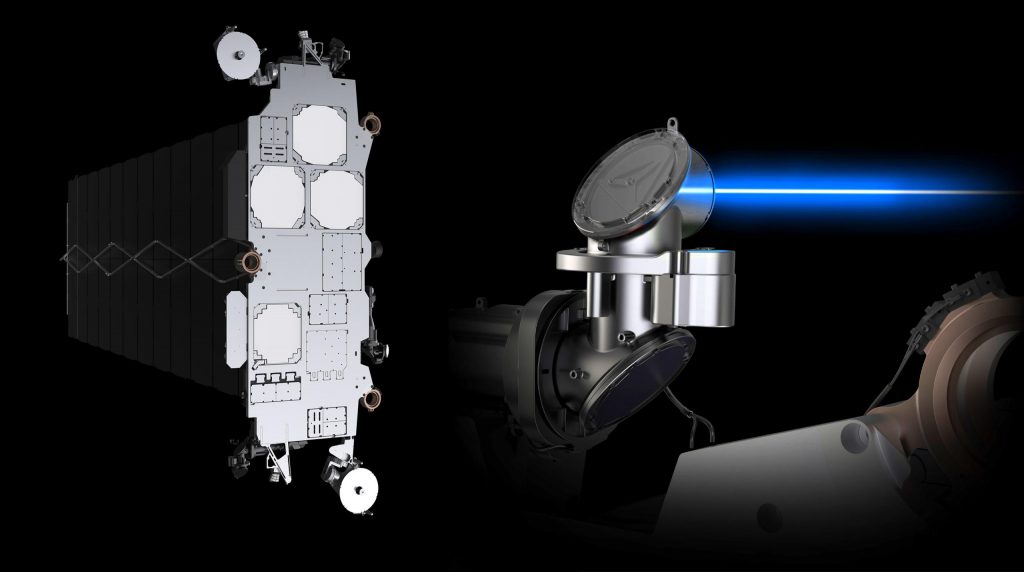
In a prelaunch briefing late on November 9th, SpaceX vice president Bill Gerstenmaier revealed that drone ship Just Read The Instructions (JRTI) – originally meant to support Crew-3’s booster landing – had gotten “beat up” by the Atlantic, forcing it to swap places with A Shortfall of Gravitas (ASOG). It’s unclear if the damage JRTI may or may not have received is enough to require a return to port, which could trigger a week or more of Starlink 4-1 launch delays. For now, though, there are no signs of a delay.
Crew-3
Prior to Starlink 4-1, SpaceX is set for its fifth astronaut launch since May 2020 and third operational NASA ‘crew rotation’ mission on Wednesday, November 10th. Crew-3 will also host the 15th through 18th astronauts launched by SpaceX, nominally sending Raja Chari, Thomas Marshburn, Kayla Barron (NASA), and Matthias Maurer (ESA) on their way to an ISS docking on November 11th.
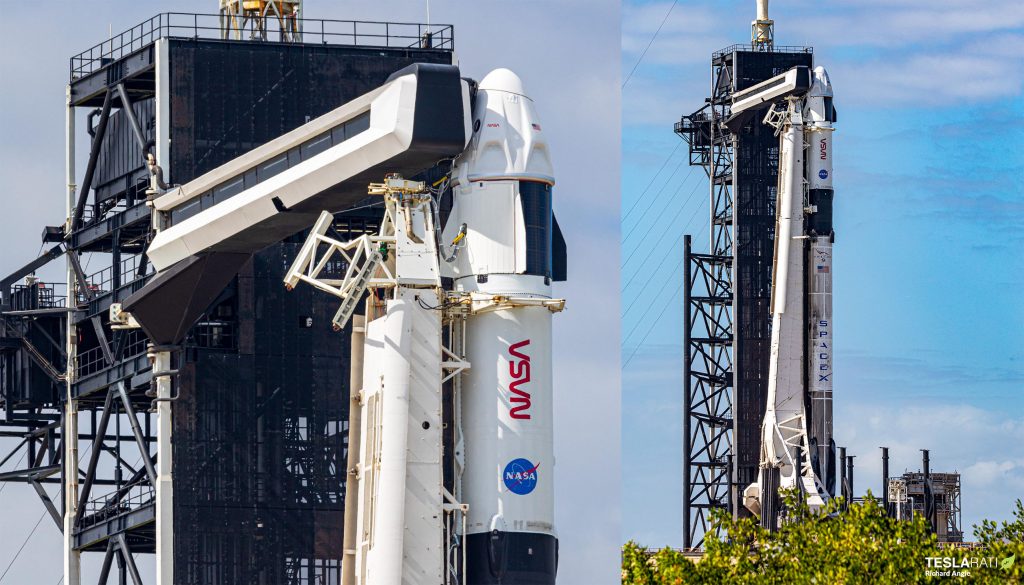
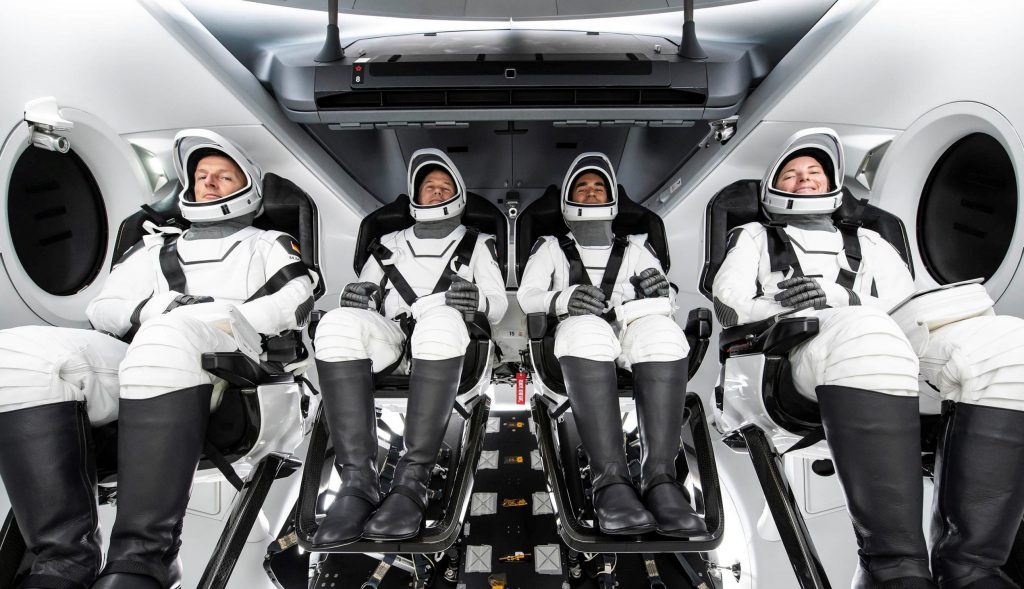

News
Tesla tinkering with Speed Profiles on FSD v14.2.1 has gone too far

Tesla recently released Full Self-Driving (FSD) v14.2.1, its latest version, but the tinkering with Speed Profiles has perhaps gone too far.
We try to keep it as real as possible with Full Self-Driving operation, and we are well aware that with the new versions, some things get better, but others get worse. It is all part of the process with FSD, and refinements are usually available within a week or so.
However, the latest v14.2.1 update has brought out some major complaints with Speed Profiles, at least on my end. It seems the adjustments have gone a tad too far, and there is a sizeable gap between Profiles that are next to one another.
Tesla FSD v14.2.1 first impressions:
✅ Smooth, stress-free highway operation
✅ Speed Profiles are refined — Hurry seems to be limited to 10 MPH over on highways. Switching from Mad Max to Hurry results in an abrupt braking pattern. Nothing of concern but do feel as if Speed…— TESLARATI (@Teslarati) November 29, 2025
The gap is so large that changing between them presents a bit of an unwelcome and drastic reduction in speed, which is perhaps a tad too fast for my liking. Additionally, Speed Profiles seem to have a set Speed Limit offset, which makes it less functional in live traffic situations.
Before I go any further, I’d like to remind everyone reading this that what I am about to write is purely my opinion; it is not right or wrong, or how everyone might feel. I am well aware that driving behaviors are widely subjective; what is acceptable to one might be unacceptable to another.
Speed Profiles are ‘Set’ to a Speed
From what I’ve experienced on v14.2.1, Tesla has chosen to go with somewhat of a preset max speed for each Speed Profile. With ‘Hurry,’ it appears to be 10 MPH over the speed limit, and it will not go even a single MPH faster than that. In a 55 MPH zone, it will only travel 65 MPH. Meanwhile, ‘Standard’ seems to be fixed at between 4-5 MPH over.
This is sort of a tough thing to have fixed, in my opinion. The speed at which the car travels should not be fixed; it should be more dependent on how traffic around it is traveling.
It almost seems as if the Speed Profile chosen should be more of a Behavior Profile. Standard should perform passes only to traffic that is slower than the traffic. If traffic is traveling at 75 MPH in a 65 MPH zone, the car should travel at 75 MPH. It should pass traffic that travels slower than this.
Hurry should be more willing to overtake cars, travel more than 10 MPH over the limit, and act as if someone is in a hurry to get somewhere, hence the name. Setting strict limits on how fast it will travel seems to be a real damper on its capabilities. It did much better in previous versions.
Some Speed Profiles are Too Distant from Others
This is specifically about Hurry and Mad Max, which are neighbors in the Speed Profiles menu. Hurry will only go 10 MPH over the limit, but Mad Max will travel similarly to traffic around it. I’ve seen some people say Mad Max is too slow, but I have not had that opinion when using it.
In a 55 MPH zone during Black Friday and Small Business Saturday, it is not unusual for traffic around me to travel in the low to mid-80s. Mad Max was very suitable for some traffic situations yesterday, especially as cars were traveling very fast. However, sometimes it required me to “gear down” into Hurry, especially as, at times, it would try to pass slower traffic in the right lane, a move I’m not super fond of.
We had some readers also mention this to us:
The abrupt speed reduction when switching to a slower speed profile is definitely an issue that should be improved upon.
— David Klem (@daklem) November 29, 2025
After switching from Mad Max to Hurry, there is a very abrupt drop in speed. It is not violent by any means, but it does shift your body forward, and it seems as if it is a tad drastic and could be refined further.
News
Tesla’s most affordable car is coming to the Netherlands
The trim is expected to launch at €36,990, making it the most affordable Model 3 the Dutch market has seen in years.
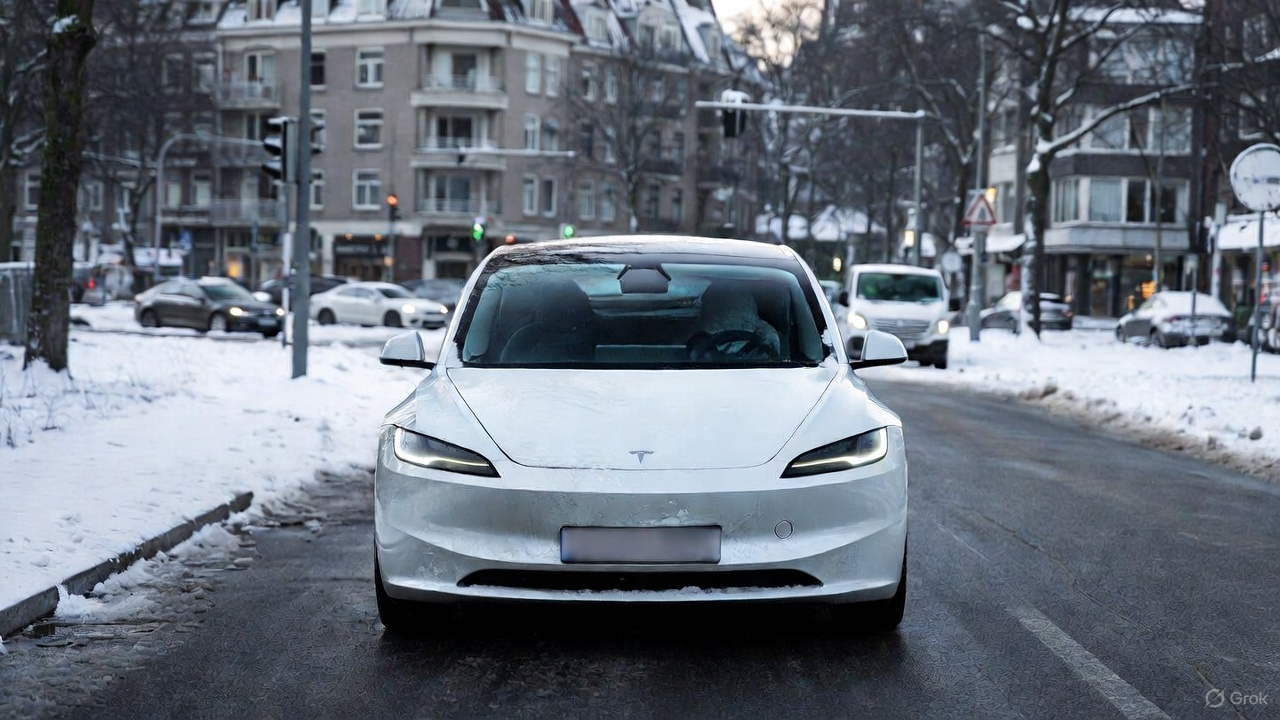
Tesla is preparing to introduce the Model 3 Standard to the Netherlands this December, as per information obtained by AutoWeek. The trim is expected to launch at €36,990, making it the most affordable Model 3 the Dutch market has seen in years.
While Tesla has not formally confirmed the vehicle’s arrival, pricing reportedly comes from a reliable source, the publication noted.
Model 3 Standard lands in NL
The U.S. version of the Model 3 Standard provides a clear preview of what Dutch buyers can expect, such as a no-frills configuration that maintains the recognizable Model 3 look without stripping the car down to a bare interior. The panoramic glass roof is still there, the exterior design is unchanged, and Tesla’s central touchscreen-driven cabin layout stays intact.
Cost reductions come from targeted equipment cuts. The American variant uses fewer speakers, lacks ventilated front seats and heated rear seats, and swaps premium materials for cloth and textile-heavy surfaces. Performance is modest compared with the Premium models, with a 0–100 km/h sprint of about six seconds and an estimated WLTP range near 550 kilometers.
Despite the smaller battery and simpler suspension, the Standard maintains the long-distance capability drivers have come to expect in a Tesla.
Pricing strategy aligns with Dutch EV demand and taxation shifts
At €36,990, the Model 3 Standard fits neatly into Tesla’s ongoing lineup reshuffle. The current Model 3 RWD has crept toward €42,000, creating space for a more competitive entry-level option, and positioning the new Model 3 Standard comfortably below the €39,990 Model Y Standard.
The timing aligns with rising Dutch demand for affordable EVs as subsidies like SEPP fade and tax advantages for electric cars continue to wind down, EVUpdate noted. Buyers seeking a no-frills EV with solid range are then likely to see the new trim as a compelling alternative.
With the U.S. variant long established and the Model Y Standard already available in the Netherlands, the appearance of an entry-level Model 3 in the Dutch configurator seems like a logical next step.
News
Tesla Model Y is still China’s best-selling premium EV through October
The premium-priced SUV outpaced rivals despite a competitive field, while the Model 3 also secured an impressive position.

The Tesla Model Y led China’s top-selling pure electric vehicles in the 200,000–300,000 RMB segment through October 2025, as per Yiche data compiled from China Passenger Car Association (CPCA) figures.
The premium-priced SUV outpaced rivals despite a competitive field, while the Model 3 also secured an impressive position.
The Model Y is still unrivaled
The Model Y’s dominance shines in Yiche’s October report, topping the chart for vehicles priced between 200,000 and 300,000 RMB. With 312,331 units retailed from January through October, the all-electric crossover was China’s best-selling EV in the 200,000–300,000 RMB segment.
The Xiaomi SU7 is a strong challenger at No. 2 with 234,521 units, followed by the Tesla Model 3, which achieved 146,379 retail sales through October. The Model Y’s potentially biggest rival, the Xiaomi YU7, is currently at No. 4 with 80,855 retail units sold.
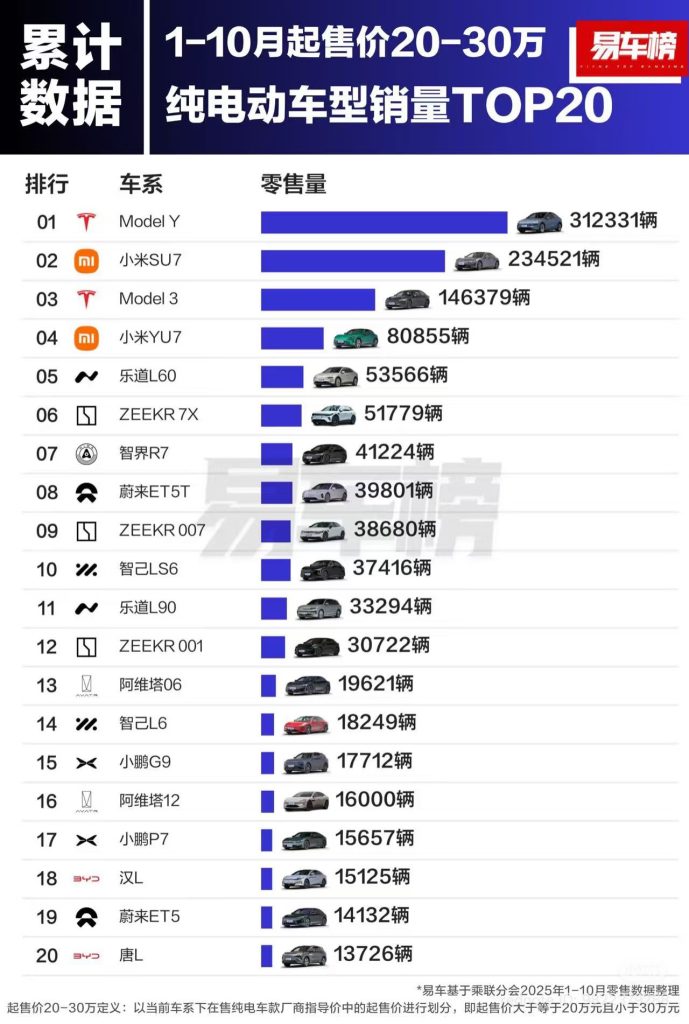
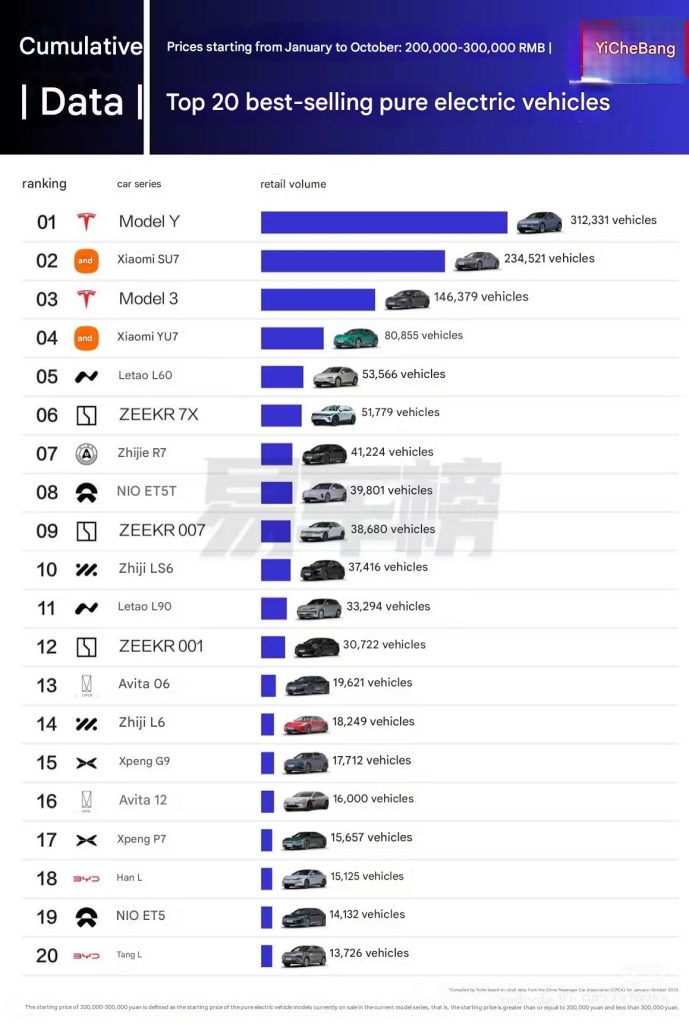
Efficiency kings
The Model 3 and Model Y recently claimed the top two spots in Autohome’s latest real-world energy-consumption test, outperforming a broad field of Chinese-market EVs under identical 120 km/h cruising conditions with 375 kg payload and fixed 24 °C cabin temperature. The Model 3 achieved 20.8 kWh/100 km while the Model Y recorded 21.8 kWh/100 km, reaffirming Tesla’s efficiency lead.
The results drew immediate attention from Xiaomi CEO Lei Jun, who publicly recognized Tesla’s advantage while pledging continued refinement for his brand’s lineup.
“The Xiaomi SU7’s energy consumption performance is also very good; you can take a closer look. The fact that its test results are weaker than Tesla’s is partly due to objective reasons: the Xiaomi SU7 is a C-segment car, larger and with higher specifications, making it heavier and naturally increasing energy consumption. Of course, we will continue to learn from Tesla and further optimize its energy consumption performance!” Lei Jun wrote in a post on Weibo.









